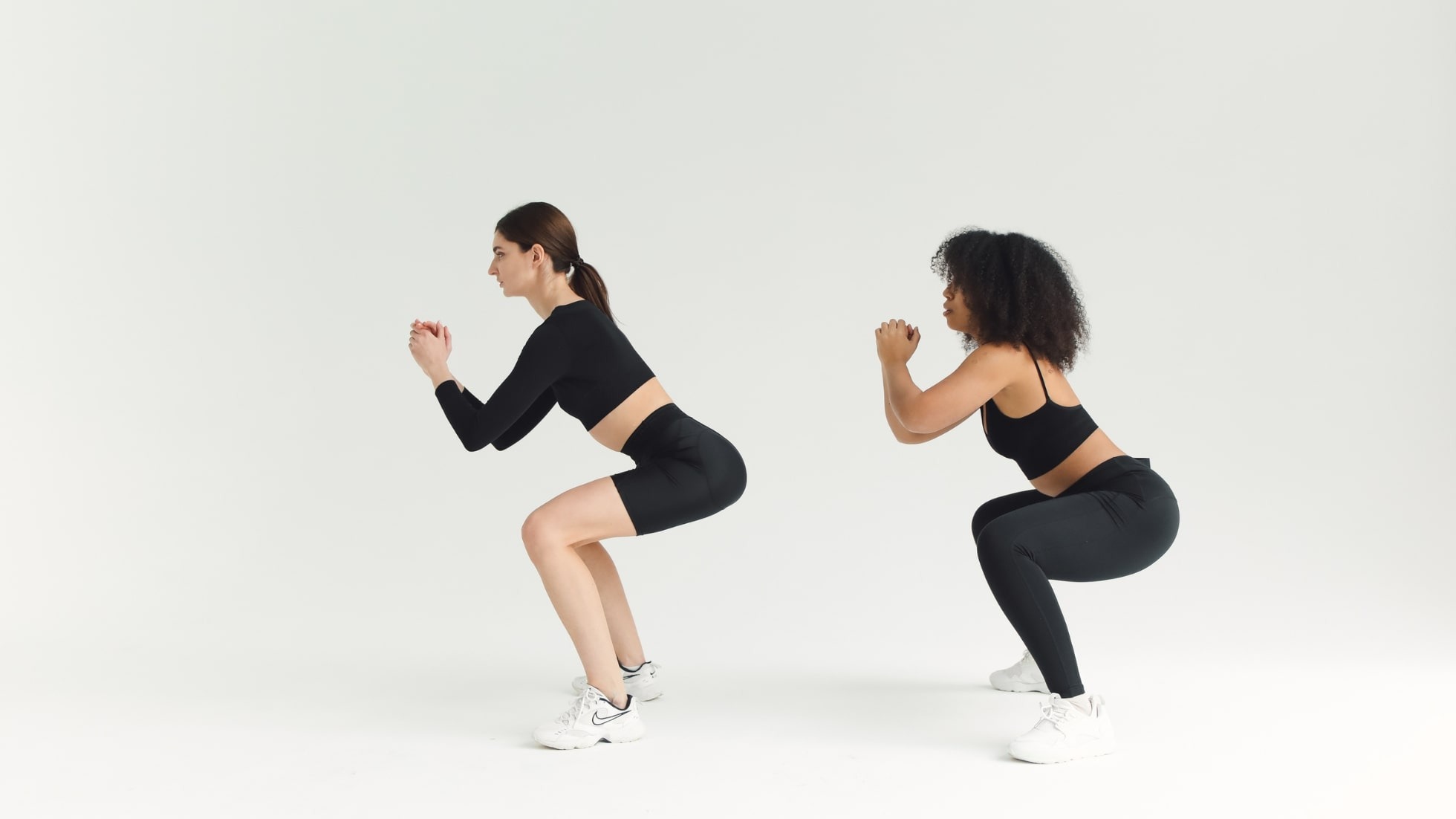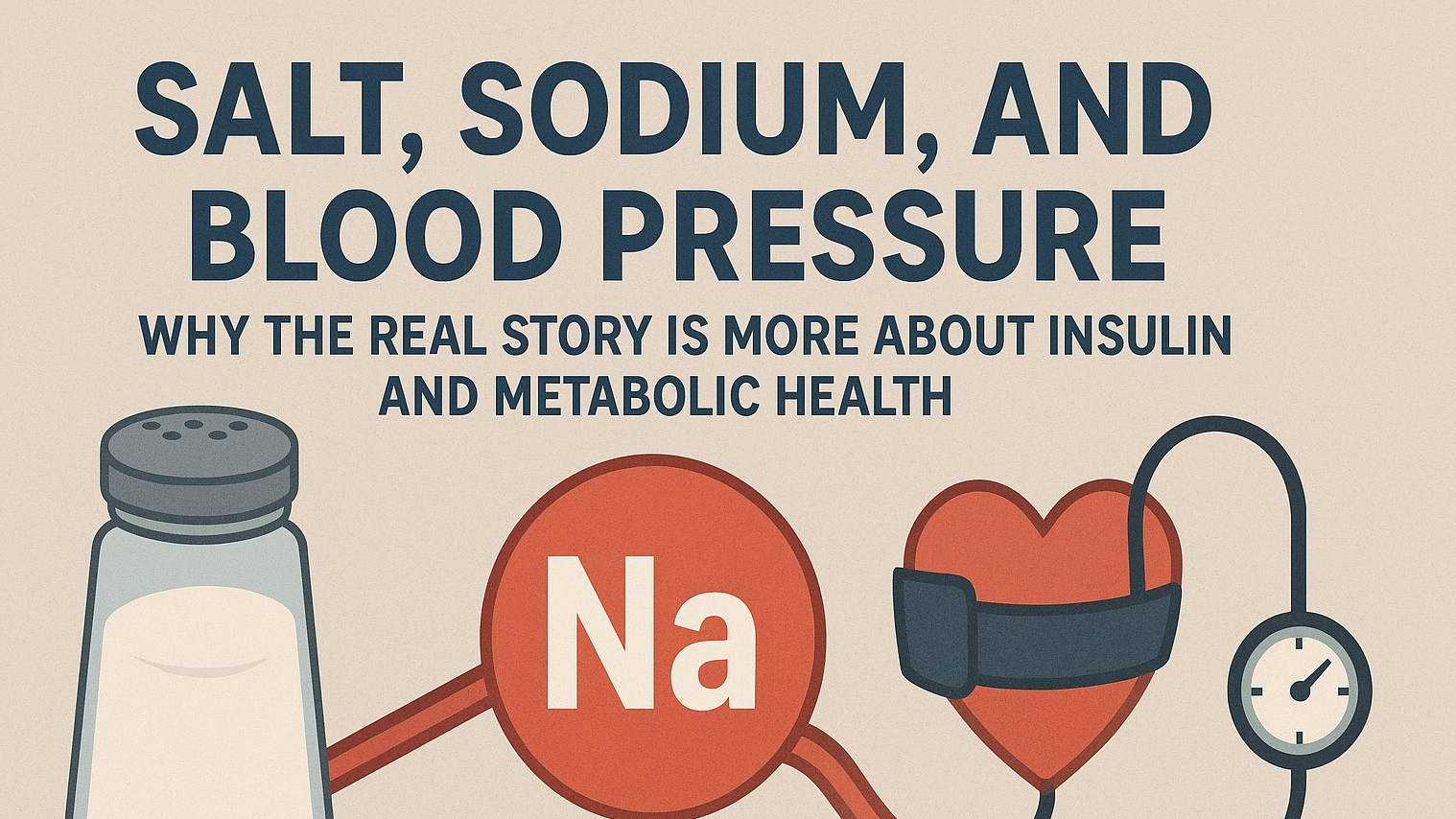
Improve your workout quality with these daily moves.
Regular exercise is an important part of getting in shape and living a healthy lifestyle. However, finding the best exercises that work for your body and daily routine can feel overwhelming. This is especially true for novice exercisers, but it can also be a challenge for people who exercise several times per week.
Although there’s a variety of workout programs available, building an exercise foundation through bodyweight exercises is a great place to start. It’s always a good idea to perform an exercise using the weight of your own body before progressing to more advanced levels.
Bodyweight exercises are recommended to build a strong base for proper body movement during workouts. Routines dedicated to this type of training program address performance gaps, improve movement quality, and maintain/accelerate progress.
Using Bodyweight
American College of Sports Medicine (ACSM), recommends building entire training days exclusively for bodyweight exercises. Some of the benefits include:
- Increased program adherence and convenience
- Improved movement quality
- Increased body exercise awareness
- Diversity of exercises
- Decreased exercise costs
- Increased exercise enjoyment and satisfaction
- Easier for exercising during travel or while working long hours
We will be posting a one-month (one-week at a time) Bodyweight Exercise Challenge to show you that starting with one new exercise daily is simple to learn, and can be easily modified to your fitness level. If you regularly attend a gym try supplementing this at home workout to get even better results. Let's get started!
Prior to each day do a warmup of 20 jumping jacks, 10 push-ups (from the knees is fine), 20 high knees, and 10 arm circles front and back. This should take no more than 3-5 minutes. Then perform the exercise for the day with 12-20 repetitions and repeat for 3-4 cycles with 30-60 second rest in between. Make sure to drink water before and in between exercises.
Happy training!
Day 1: Squat
Targets: Glutes, thighs, hips, quads, and hamstrings
Get Started: Stand with feet shoulder width apart, sit your butt back and keep bodyweight over heels, look straight ahead and avoid rounding your back. The body should not be shifted forward while the knees are over the toes.
Modification: Use a chair or flat bench for assistance or support.
Day 2: Prisoner Squat Jumps
Targets: This plyometric move builds strength, power, and stability in legs, glutes, and hips. Your core and back are also activated during the movement.
Get Started: Stand with feet shoulder width apart, cradle hands behind head, look forward and keep your elbows and shoulders back. Squat back, keep your core engaged, and explode upward using your lower body, fully extending your ankles, feet, and hips in one movement. Land softly returning to starting squat position with weight distributed evenly between the heels.
Modification: Keep the jump less explosive, barely coming off the ground.
Day 3: Push-Up
Targets: Chest, arms, shoulders, core
Get Started: On the floor, place hands shoulder-width apart like a plank, keep your core engaged not allowing hips to sag, back straight, and head neutral. Bend elbows and lower your body to about a 45-degree angle. Push up to starting position.
Modification: Perform exercise from the knees, using an exercise mat to support them.
Day 4: Mountain Climber
Targets: Core, quads, hamstrings, hips, chest, shoulders, arms
Get Started: For this full body exercise, start in plank position, back and body straight, core tight. Bring your right leg toward the chest and quickly switch, pulling left leg toward the chest like a plank running motion. Continue to switch back and forth, maintaining proper body mechanics.
Modification: Perform exercise at an incline instead of on the floor. Or, you can alternate a slow step back instead of running during the movement.
Day 5: Lunge
Targets: Hips, glutes, hamstrings, quads, inner thigh, core
Get Started: Stand with feet hip-width apart and engage the core. Step forward with the right leg, weight landing on the heel first, lower body until right thigh is parallel to the floor. Knee will be at a 90-degree angle but not traveling over the toe. Maintain tight core and press back through the heel to return to start position. Repeat on the other side.
Modification: Eliminate forward motion and perform a stationary lunge. You may also consider holding a counter or chair for assistance.
Day 6: Split Lunge Jump
Targets: Glutes, quads, hamstrings, calves, core
Get Started: For this plyometric move, start with one leg forward and one leg back. Engage your core, sit into a lunge position and with one explosive movement and jump up, switch legs, and maintain a balanced foot position. Continue alternating lunge jumps for a determined amount of time or reps.
Modification: Perform walking lunges or practice with small hops instead of explosive jumps.
Day 7: Around the World Lunge
Targets: Glutes, quads, hamstrings, core
Get Started: Stand with feet hip-width apart. Engage your core, perform a lunge forward with your right leg, and push back to the starting position. Then lunge to the side (lateral) and sit your butt back, keeping the body upright. Look forward and push back to the start position. Finally, bring your foot backward into a reverse lunge, then push back to start position. Repeat the lunge series on the left leg to complete one repetition.
Modification: Remove any lunge(s) from the series or perform walking lunges.
 Add Row
Add Row  Add
Add 










Write A Comment